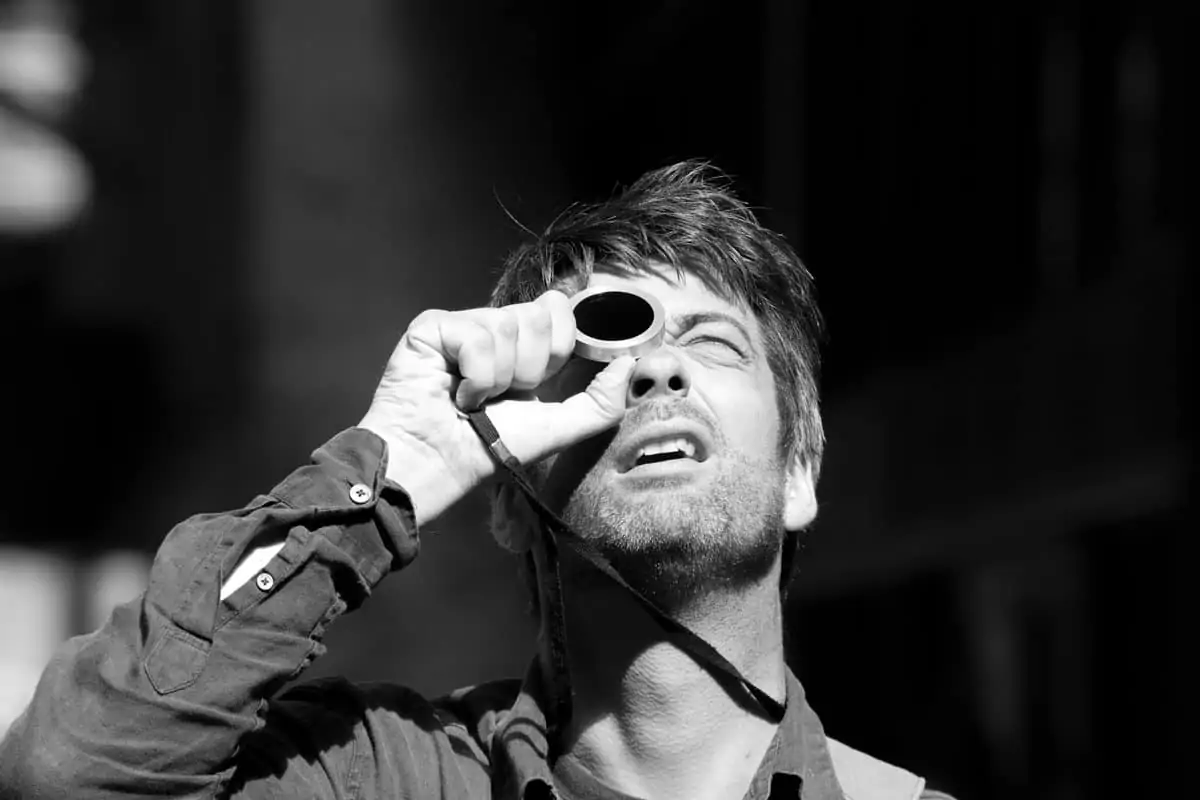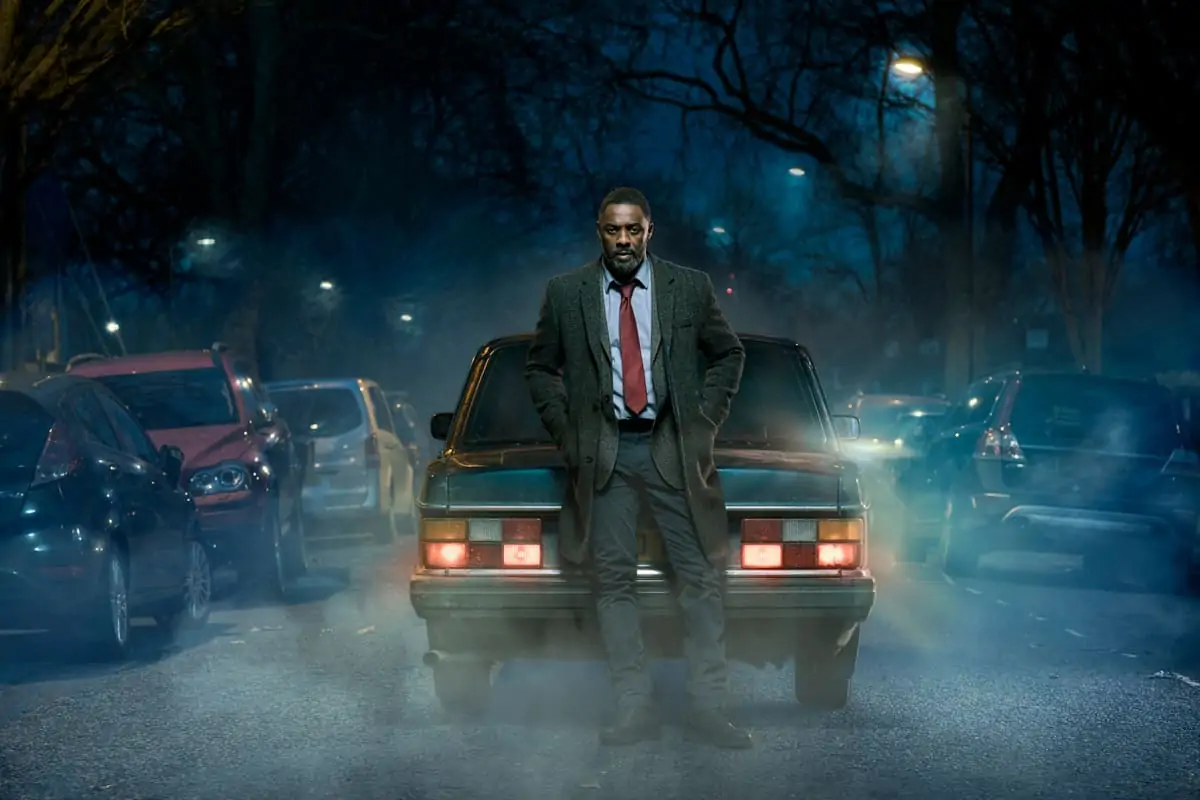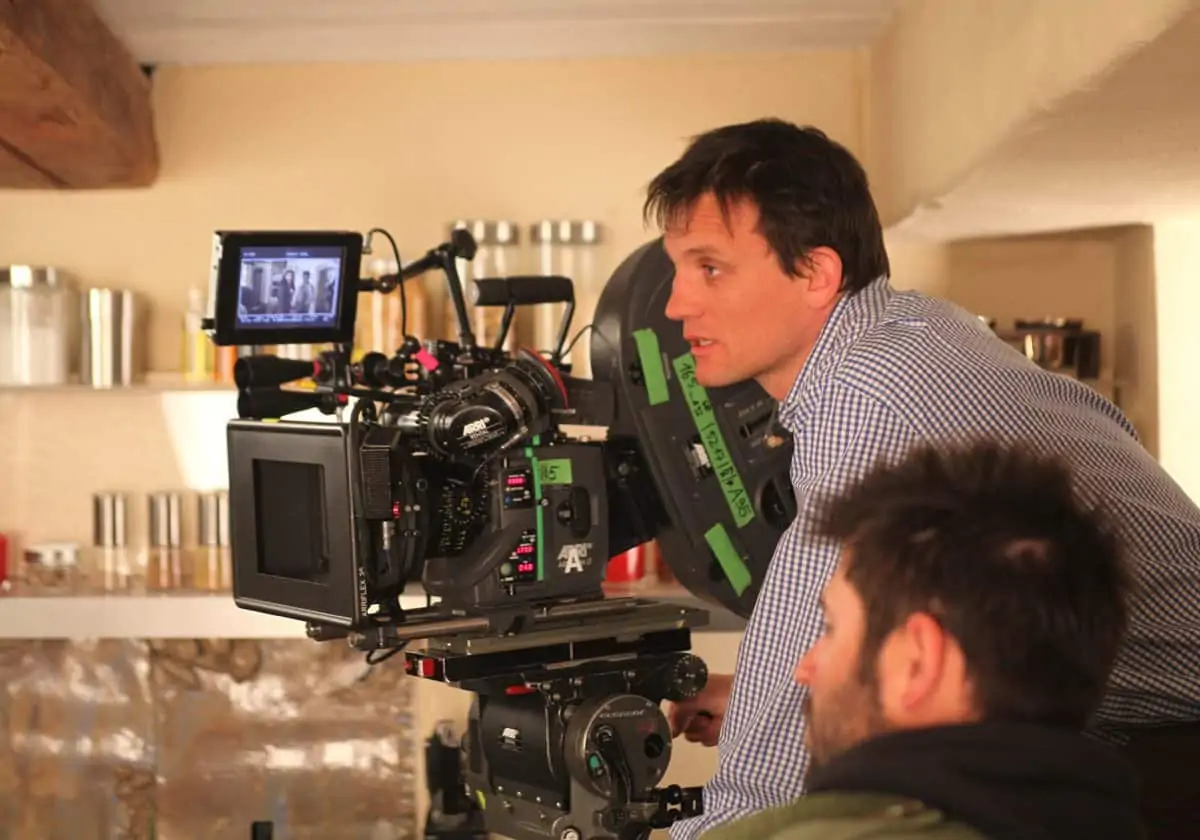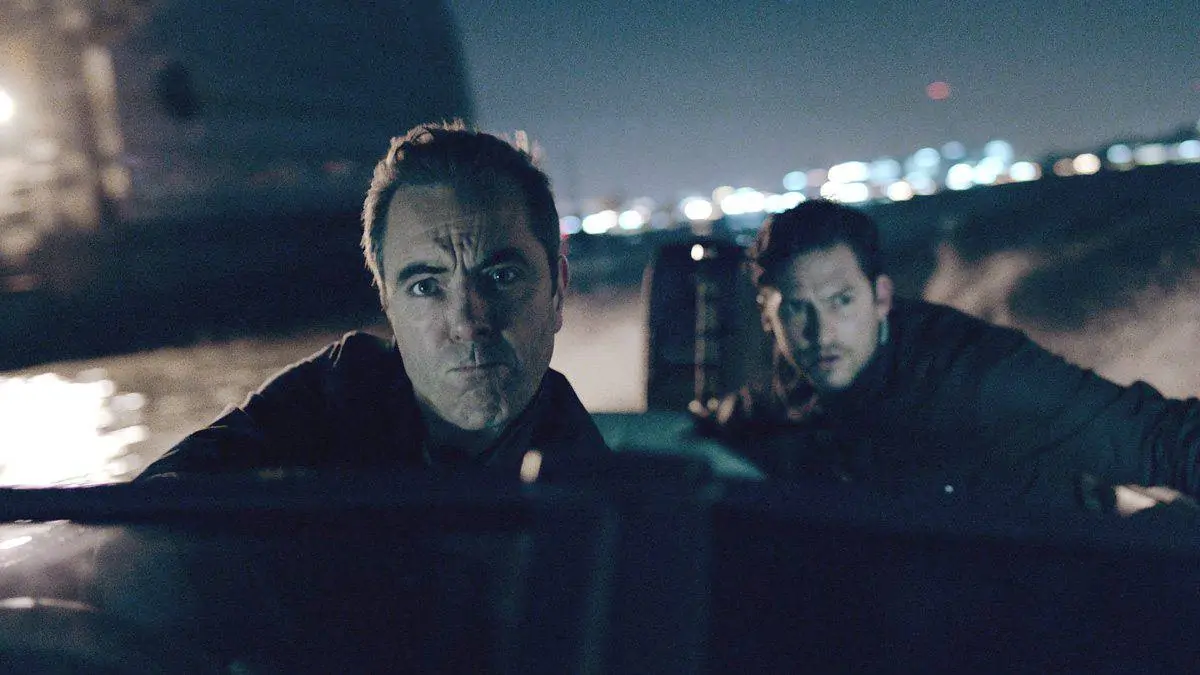Blonde Ambition
John Pardue / The Girl
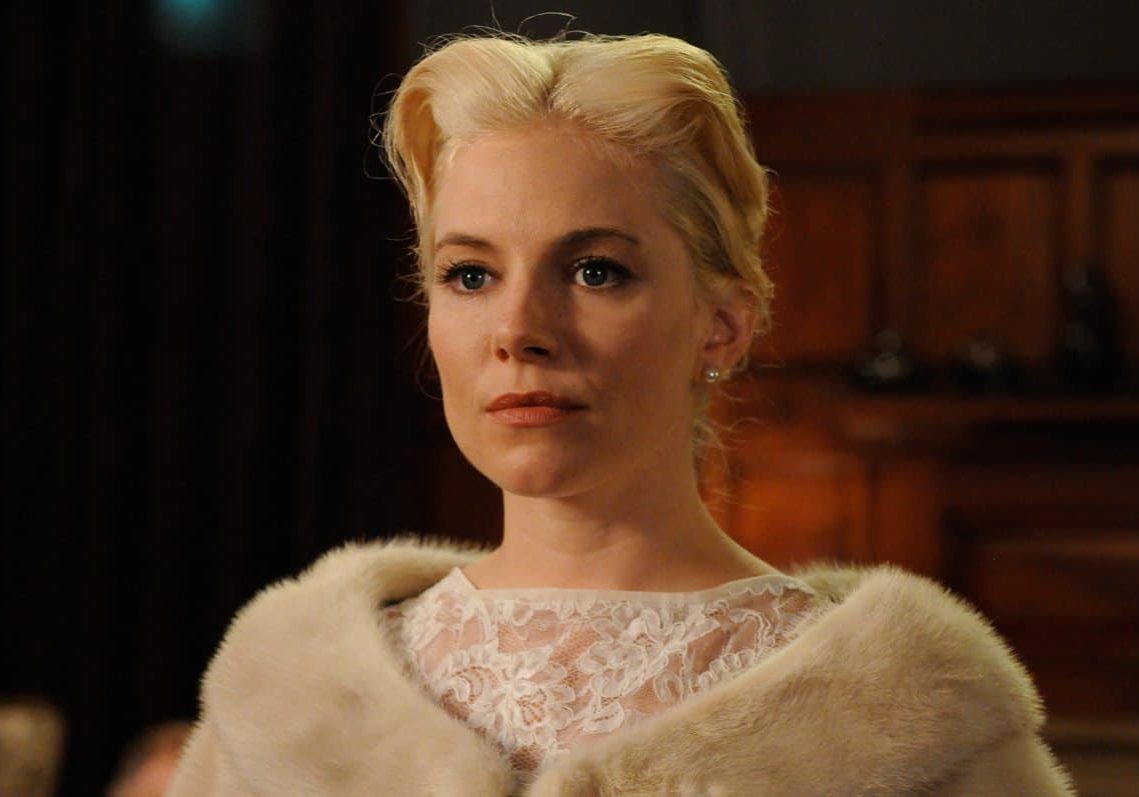
Blonde Ambition
John Pardue / The Girl
Alfred Hitchcock, the master of suspense and the psychological thriller, had a predilection of casting cool blondes as the female leads in his films. The Girl is a new production that examines the story of his obsessive relationship with actress Tippi Hedren during the making of The Birds (1963) and Marnie (1964).
Destined for a TV screen near you in the autumn of 2012, The Girl was developed by producer Amanda Jenks at Wall To Wall for the BBC and HBO. It was written by Gwyneth Hughes, directed by Julian Jarrold, with Toby Jones as Hitchcock, Sienna Miller as Tippi Hedren, and Imelda Staunton as Hitchcock's wife and collaborator Alma Reville.
“Making The Girl gave us all a wonderful insight into the period of those Hitchcock movies,” says the production’s DP/operator John Pardue. “Julian really embraced the Hitchcock style of directing, just as I did with the original cinematography of Robert Burks. Much of The Girl revolves around the studio production of those two films. It had to be historically correct, and I found myself reading everything about The Birds and Marnie, as well as Psycho and Vertigo. I also looked at as many photographs as I could get hold of from the original sets to really get into the thinking back then.”
The production shot for 26 days, with South Africa doubling for California in 1963. Jarrold sourced locations in and around Cape Town, including an old crayfish factory to stand in for Bodega Bay, and a 1960’s cinema called ‘The Three Arts’, which was made into the studio complex where much of the The Girl is set. This also offered the production Hitchcock's office, studio corridors and Hedren’s dressing room.
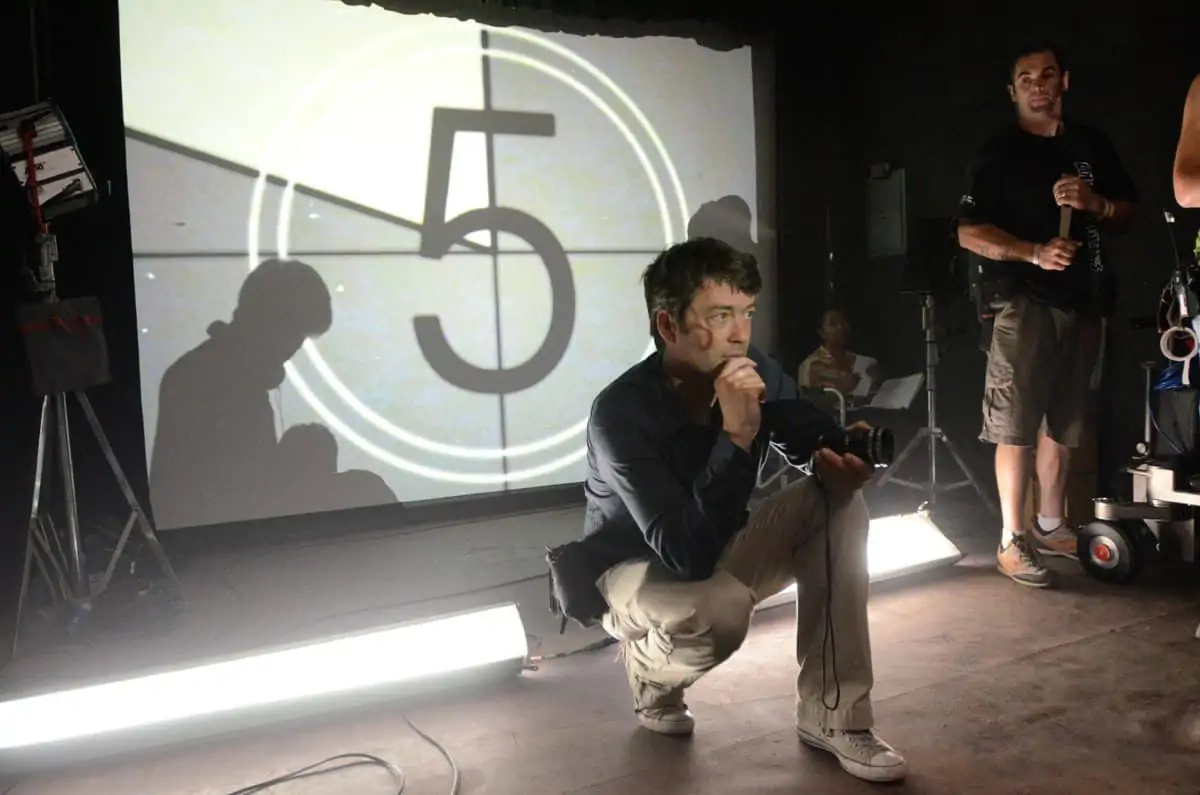
“The plan was to reflect the style of cinematography of both The Birds and Marnie,” says Pardue. “Although the overall style of The Girl is naturalistic, I shot scenes that were a direct homage to the work of Robert Burks, and I tried to emulate the way he would have lit them. This is most evident in The Birds' attic scene, the Marnie seduction scene and Tippi's screen test.”
Pardue sourced old brute lights, plus enough old stands and lighting equipment, to create a believable period studio set, and had old-style gel frames built for the lights.
“The older lights have softer, older fresnels and this all gave a period quality to the lighting,” he says. “Although they are not period lights, I also used a lot of 10ks, a 20k and some quarter Wendy's for a big source feel. I really enjoyed working with that style of lighting, using large directional sources and playing with the shadows. It’s a completely different mindset to the soft sources we now take for granted.”
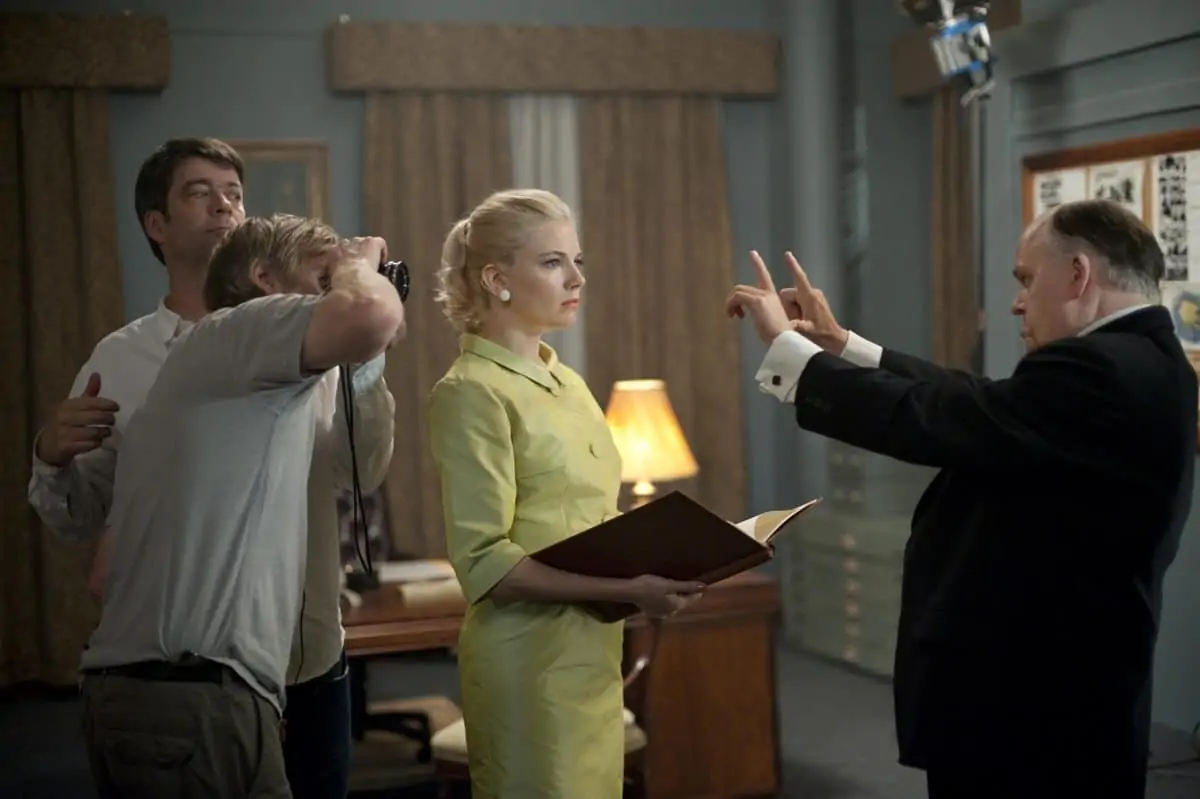
Supporting the authenticity of the studio photography, costume designer Dianna Cilliers matched exactly to the original colours, whilst production designer Darryl Hammer helped the production to get the best out of the locations and studio sets.
Pardue’s enthusiasm for the project also saw him getting involved in sourcing the correct film props for the studio sets. He found a Mitchell camera in South Africa, which still had all its accessories and blimp, and oversaw the building of a dolly based on a photo from Jack Cardiff's' Sons And Lovers (1963), which was shot in the same year as The Birds. He also contacted Joe Dunton to seek advice on the atmosphere of the original sets that used smoky arc lights, and was delighted when Dunton offered him an extra, and rather special, prop.
“Joe owns the original process camera used on The Birds – there were only two ever made. It is an adaptation of a three-strip Technicolor camera - white and yellow light are separated by a prism on two separate film strips. We shipped Joe's camera to South Africa and it features in the studio scenes from The Girl. Hugh Whittaker at Panavision UK sent over some mag belts to get the Mitchell mags running for us. All of this was mobilised very quickly and I feel very lucky that Joe returned my call in time to sort out the shipping.”
A number of scenes in The Girl are set in Hitchcock's personal screening room. The attention to detail was such that it was felt that a 35mm print should be projected on to the screen during the scene, rather than a digital print. “We planned to use a 35mm projector, but we opted for a digital projector in the end,” says Pardue, “but shooting the projection material on 35mm stopped this looking too sharp especially when blown up.
Although most of the production was shot using ARRI Alexa, Jarrold also thought that shooting on 35mm would help to give the period look to shots that were a direct homage to The Birds and Marnie, as well as from the POV of Hitchcock’s camera, and some of the close-ups of Miller and Jones. For these scenes, Pardue used Fuji 35mm Vivid and says the enhanced colour of this stock, especially the reds, worked well in reproducing the original Technicolor-look.
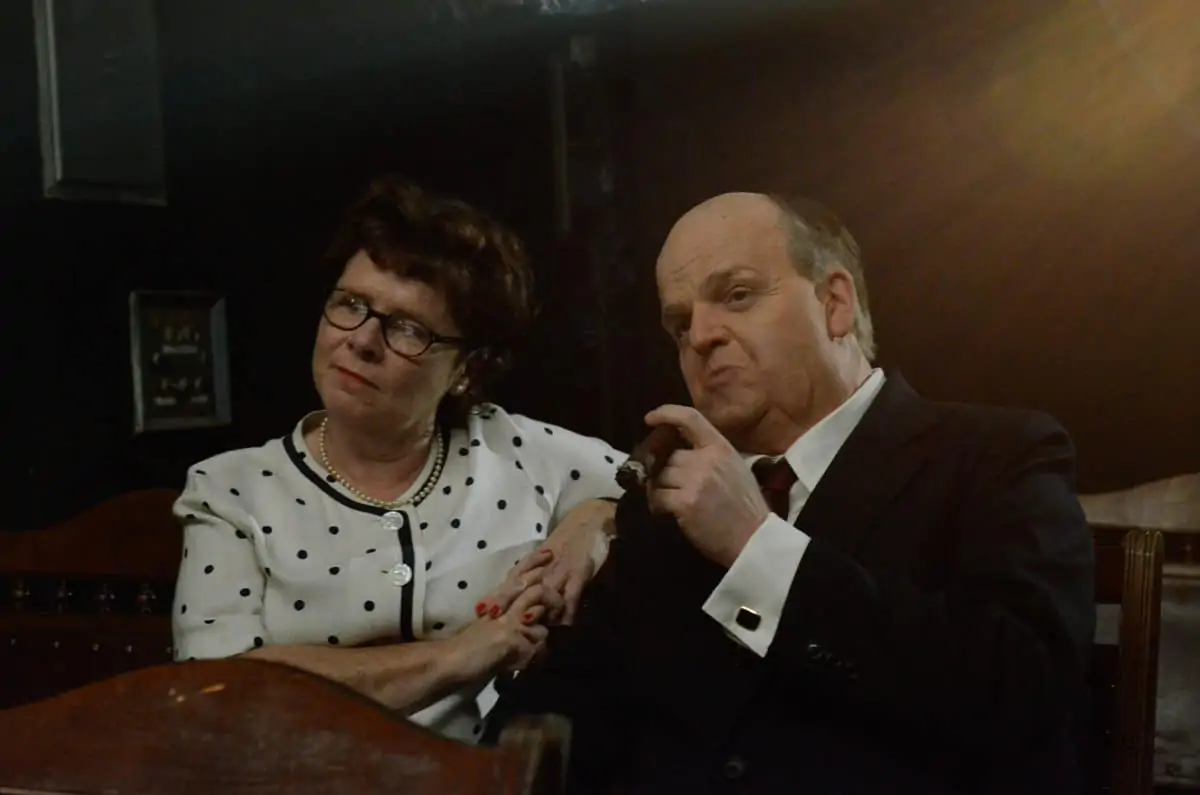
"We planned to use a 35mm projector, but we opted for a digital projector in the end."
- John Pardue
Emulating the original cinematography, particularly on close-ups of Miller and Jones, Pardue explains his approach in deploying 35mm and Alexa.
“When Robert Burks went for a close up of Tippi, he used a very strong diffusion filter, which by modern standards jumps out. So I used extremely heavy diffusion on the 35mm close-ups of Sienna. On the Alexa, I had to light Toby Jones’ prosthetics very carefully as digital sees all the pores in the skin and would therefore show up any prosthetic joins more than film. So I used a fairly soft light as well as a softer glass and diffusion filters for these shots,” he says.
Jarrold also suggested using some softer and older series 2 Cooke lenses for the whole film to help to soften the digital footage from the Alexa for a more period feel. “However, digital will only take so much diffusion before it starts to break up, so we could not be as strong as we would have liked when we shot Sienna's close-ups on the Alexa,” explains Pardue. “We used heavy diffusion on the 35mm close-ups of Sienna, and tested many different types of diffusion filter on both 35mm and digital to get that classic Hitchcock diffused close-up. In the end, we opted for the Mitchell Pancros on the 35mm close-ups.
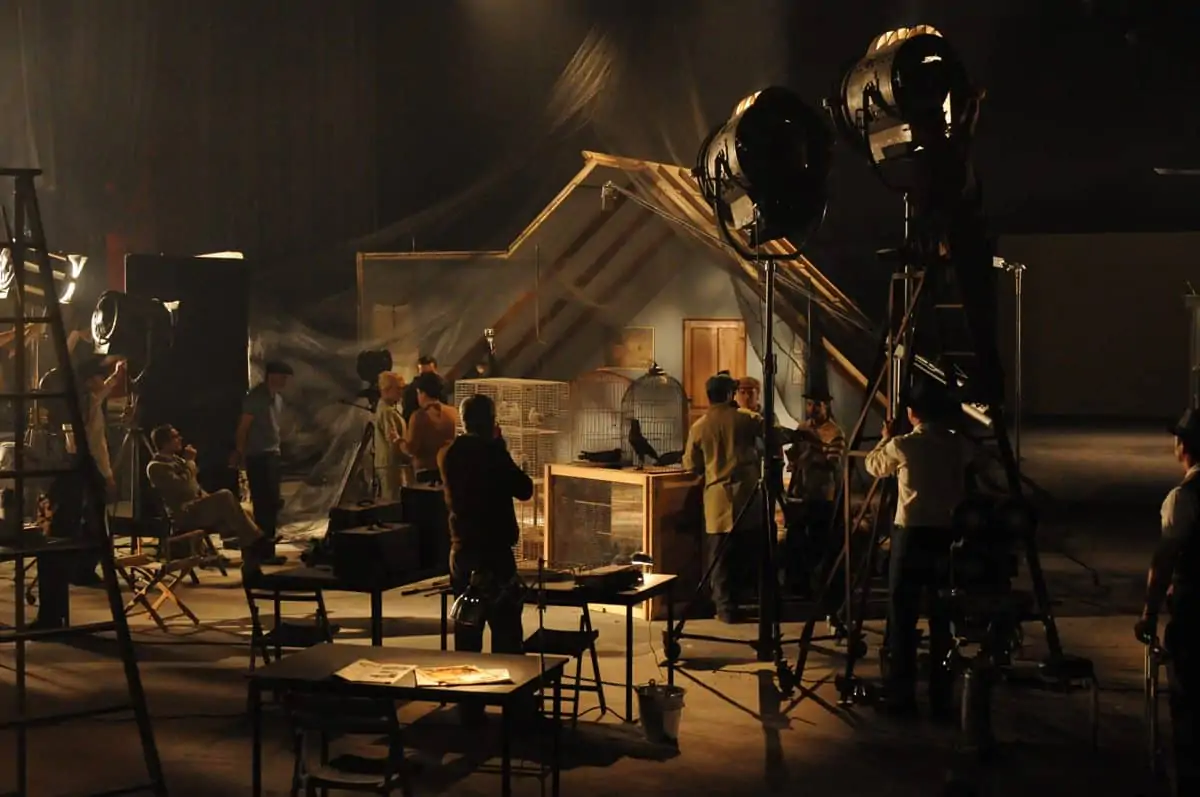
Hitchcock styled his blondes the way he wanted to, and with all the make-up, hair and costume, Pardue says, “we were really in the period. I think Sienna looks fantastic in that classic Hitchcock beauty light. I used a more frontal key on many of her close-ups throughout the film, more than I normally would. It seemed to work to keep a feel of the classic beauty lighting on Sienna throughout much of the ‘non studio’ drama in the film too. She looks very glamorous as a classic Hitchcock blonde and much of the photography was about her looking great which is exactly what Hitchcock did on every frame of Tippi Hedren. The first shot we turned over on day one was the close up of Tippi waiting to see Hitchcock in his office. It was a great place to begin the photography and it’s the first shot Tim Waller chose to grade in the DI suite at Molinare.”
As for the experience of shooting in South Africa, Pardue is full of praise for his crew and local suppliers. “They were great, as were Moonlighting films who serviced the production, and Panavision SA who really helped out on the lights. First assistant Sebastian Balthaus had the difficult job of scheduling around Toby’s prosthetic build of four and a half hours every morning, and my key grip Rob Frazer came up with a clever rig for Marnie’s seduction scene that kept the artist moving with the camera at a 90 degree angle onto the bed just as Hitchcock’s team had done all those years ago.”
